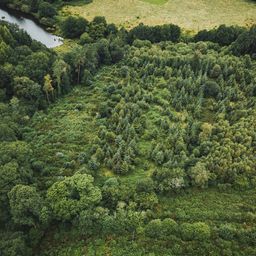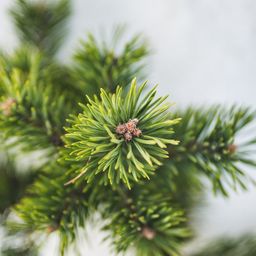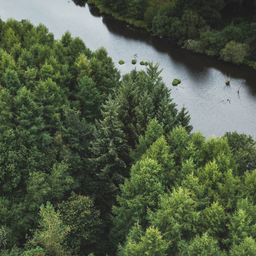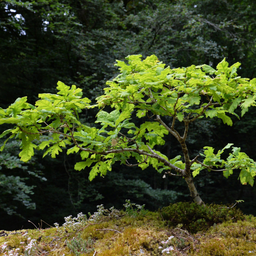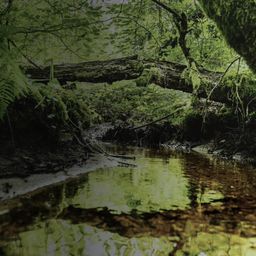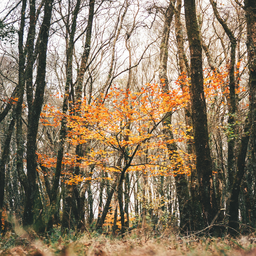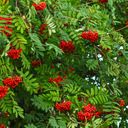
Rowan: Uses, characteristics and symbolism
The Rowan is a small tree with red drupes that are particularly popular with birds.
Rowan
Endemic to Europe, the Rowan is now cultivated more as an ornamental species than for its wood or fruit. However, it is a tree with some very interesting characteristics, particularly when it comes to planting hedges.
Formerly widespread on the edges of forests and in hedges, it is now found mainly on the edge of forests of spruces and as an ornamental tree in parks and gardens. A member of the Rosaceae family, like the Cherry. It is also a cousin of the Corm tree. All have the distinctive feature of producing pretty white flowers in their natural state, which turn into red fruit that is often too bitter or acidic for us, but which is particularly appreciated by birds.
Why does EcoTree plant Rowan?
Although the ornamental varieties of the Rowan have been a great success in parks and gardens, because their red, orange or yellow fruits (depending on the crosses) give a very pleasant colour to nature until the end of winter, this tree also has other qualities.
In the past, it was frequently found in the countryside, where it was used to attract thrushes in autumn. Less used today for this traditional hunt, it can be extremely useful in preserving biodiversity. Indeed, in the great cycle of nature, it is necessary, if not essential, to provide the birds of our temperate climates with something to eat in winter, because we deplore the disappearance of birds, just as we worry about the disappearance of insects.
In the formation of hedges, which have unfortunately largely disappeared, but which we are helping to replant, the Rowan is very interesting. Small and stocky, it makes a remarkable windbreak, and because of the fruit it produces and its tufted appearance, it is home to a large number of birds and rodents, which should be seen as allies of foresters as much as farmers and growers.
The dead leaves of the Rowan are also an excellent fertiliser and play an active role in enriching the humus in the soil.
Rowan - Overview
Rowan - Overview
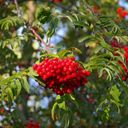
Rowan - Species requirements
Rowan prefers well-drained soils, but it is very tolerant and can adapt to a wide range of soils, including acidic, slightly alkaline, sandy, silty or clayey soils. It tolerates moderately moist soils well, but it is best to avoid soils that are constantly soggy, which can cause root rot.
It can grow in full sun, which is why it is found at the edges of forests, but it can also grow in partial shade. A sunny exposure favours better flowering and fruiting.
Rowan is very hardy and can withstand very low winter temperatures, sometimes as low as -40 °C. It is well adapted to cold temperate climates and can easily withstand late frosts.
It can be prone to certain diseases, such as rust, powdery mildew and fire blight, but is generally quite resistant. Good air circulation around the tree can help prevent these problems.
Rowan's wood
The wood has a fine, straight, even grain. Its colour varies from pale brown to pinkish brown, with occasional reddish tones. This beautiful colour, combined with its fine grain, gives it an attractive appearance.
Rowan's wood is fairly dense and hard. This hardness makes it resistant to wear and tear, but can also make it a little more difficult to work. Its hard wood has been widely used to make clogs and spokes for cart wheels.
Although strong, the wood of bird's sorb is not very resistant to rot if exposed to moisture. It is therefore mainly used for interior applications or for objects that are not exposed to damp conditions.
Today, Rowan should be seen primarily as a companion species, a tree that enriches the biodiversity of forest ecosystems.
Rowan's symbolism
The Rowan is often regarded as a protective tree. In Celtic tradition, the tree was believed to have the power to ward off evil spirits and witches. Rowan's branches were sometimes hung above doors or windows to protect houses. Amulets were also made from its berries or wood to protect against evil.
The Rowan is also associated with fertility and prosperity. Its red berries, which attract birds, symbolise life and abundance. In some cultures, the tree is considered a sign of good fortune and a harbinger of a bountiful harvest.
Our selection of trees
Our goal is to enable anyone to do something that benefits nature and helps us to live in a more harmonious world. So why not become a tree owner in a European forest and help combat climate change?
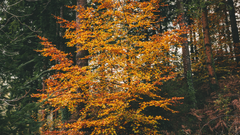

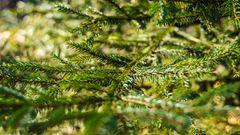

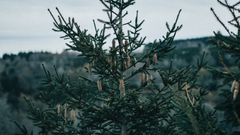

Please note that this is promotional communication. See our notice of information.
